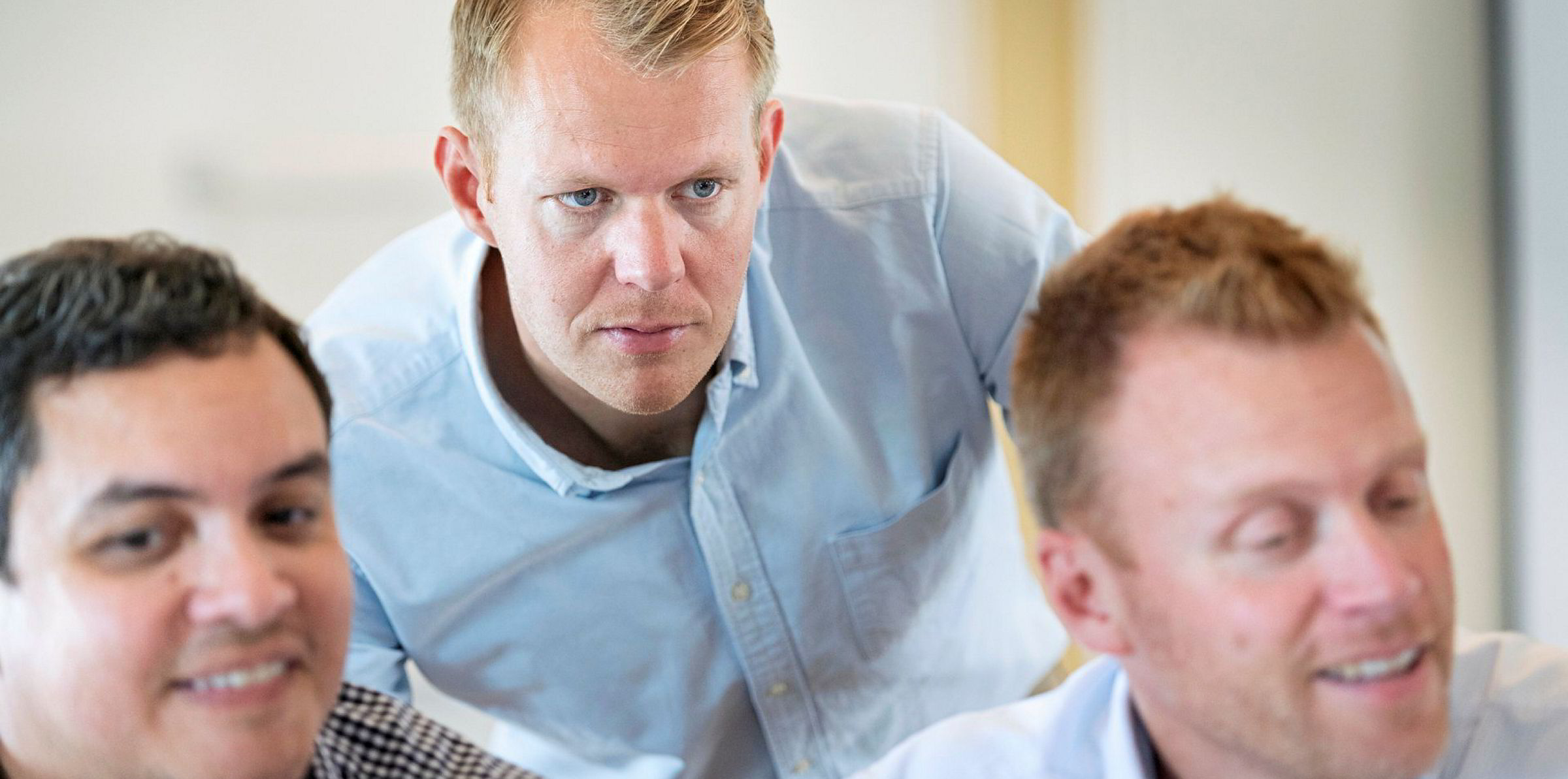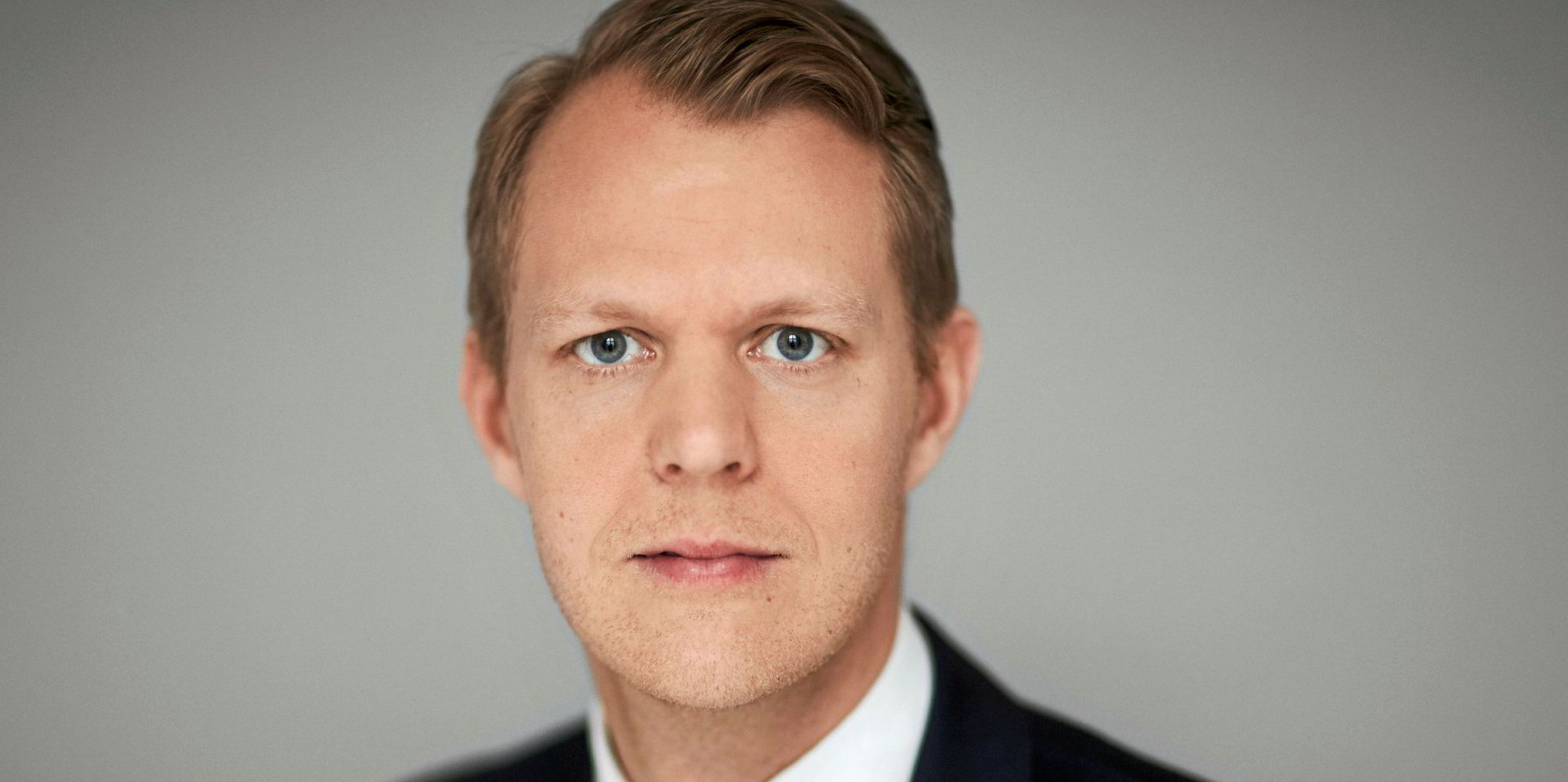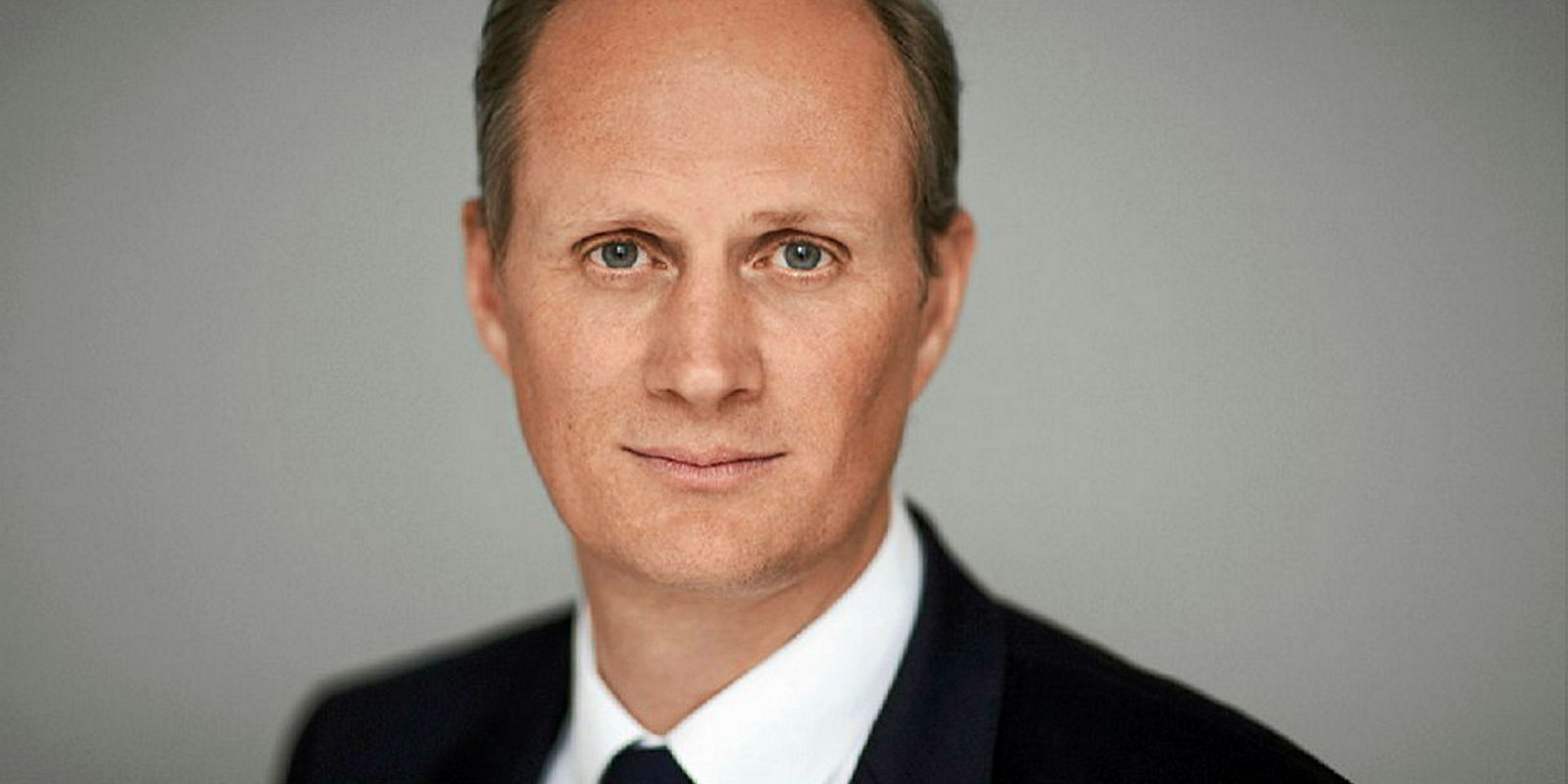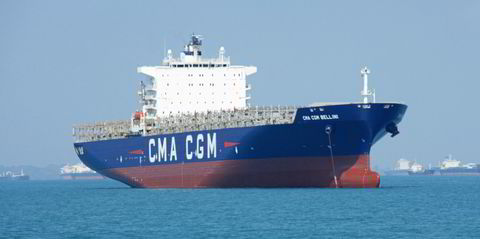Maersk Tankers is looking to introduce slow-steaming on the laden leg of non-time-sensitive voyages to help counter a weak freight market and rising fuel costs.
The Danish owner was one of the driving forces behind super-slow-steaming on ballast legs after the financial crisis.
Now, with product tanker rates at the lowest level in 10 years, Maersk Tankers is approaching customers to see if sailing speeds can be reduced on voyages where the ships have cargo on board.
Claus Gronborg, chief commercial officer of Maersk Tankers, explains cutting the 12 knots sailing speed on the MRs’ laden leg by just half a knot could reduce fuel cost by approximately 10%.
“This is something we are working on and something we can do in a difficult market situation,” he said.
“We are focusing on non-time sensitive voyages where a lower speed can reduce bunker costs and benefit customers’ business and our pool partners’ earnings.”

In the second quarter of this year, product tanker rates have fallen 16% below the same quarter of last year and on absolute levels are the lowest seen for a decade, Gronborg explains.
Maersk Tankers is involved in 2,500 spot fixtures every year and on occasions vessels wait for several days once arriving at port before discharging their cargo, he says.
Gronborg adds the company has just begun approaching customers with the concept and is therefore not yet clear what the exact take-up will be.
“What we saw with super-slow-steaming was that the concept grew rapidly,” he said. “We believe the potential for this is big as it is a win-win concept.”
Maersk Tankers has a fleet of 164 ships. He says the initiative will be implemented across the various asset classes, with both the charterer and Maersk Tankers’ pool partners set to benefit.

The slow steaming project is just part of how Maersk Tankers is responding to today’s difficult market.
Gronborg says the company, which is the largest player in the handysize market, is also seeking to use this scale to boost earnings.
The handysize market is predominantly a European trade, however, Maersk Tankers has spread its ships globally.
Gronborg notes that a large number of vessels from the 70 strong handysize fleet are now trading out of the Middle East and Far East and have carried cargoes such as veg oils.
This approach helped Maersk Tankers’s handies outperform the depressed European market by more than $3,000 per day in May, he says.
“We believe the low market is likely to continue until late in 2018,” Gronborg explained.
“We do expect fundamentals to improve by the end of 2018, when supply and demand should balance more and a gradual market recovery from the end of the year and onwards.”







